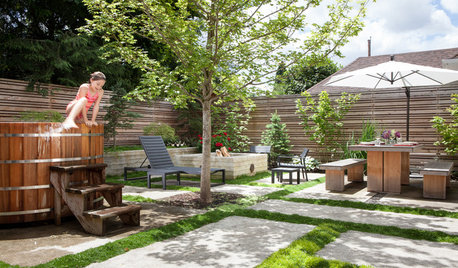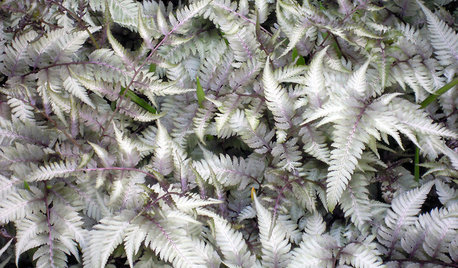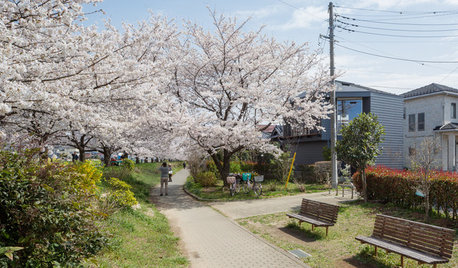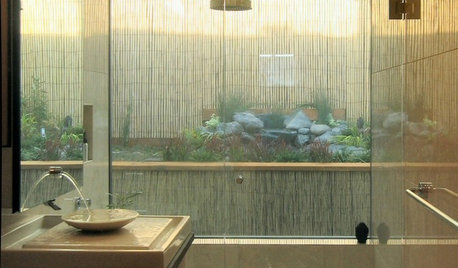Japanese Gardens: conventional or organic?
Gorfram
19 years ago
Related Stories

ARCHITECTURE8 Modern Hamptons Homes Buck Convention
Defying the overblown architecture popular in this affluent Long Island area, these modern residences take a more modest approach
Full Story
PATIOSBackyard Ideas: Writer's Studio and a Japanese-Inspired Garden
A nearby Japanese garden inspires a feature-packed backyard and studio for a work-from-home Portland writer
Full Story
GARDENING GUIDESGreat Design Plant: Japanese Painted Fern Weaves a Garden Tapestry
Bring striking colors and texture to your woodland garden with Athyrium niponicum var. pictum
Full Story
TREES11 Japanese Maples for Breathtaking Color and Form
With such a wide range to choose from, there’s a beautiful Japanese maple to suit almost any setting
Full Story
HOMES AROUND THE WORLDHow Frank Lloyd Wright Influenced Japanese Architecture
During his time in Japan, the pioneering U.S. architect inspired other designers there, who integrated his philosophy into their work
Full Story
ARCHITECTURE4 Japanese Homes Proudly Speak to Their Surroundings
We’re celebrating the launch of Houzz Japan by exploring 4 key homes that speak to the Japanese lifestyle and landscape
Full Story
DECORATING GUIDESSo Your Style Is: Japanese
Peaceful and pure, Japanese interior design style celebrates the ancient customs of the East
Full Story
MODERN ARCHITECTUREHouzz Tour: A Concrete Box Home With Japanese Style
A love of Japan’s minimalistic style and the use of concrete make for a mystical experience in this Houston home
Full Story
HOMES AROUND THE WORLDHow Japanese Architects Have Built on the Work of Frank Lloyd Wright
The design philosophy of the U.S. architect, who worked for a time in Japan, has been kept alive by generations of Japanese architects
Full Story
MY HOUZZMy Houzz: Japanese Minimalism Blends With Classic New Orleans Style
African art and indoor plants complement the clean and modern aesthetic of two landscape architects
Full Story





yama
nachodaddy
Related Professionals
Goodyear Landscape Contractors · Matthews Landscape Contractors · Aloha Landscape Contractors · Davidson Landscape Contractors · McLean Landscape Contractors · New Cassel Landscape Contractors · Pompton Lakes Landscape Contractors · West Covina Landscape Contractors · West Orange Landscape Contractors · Greenfield Landscape Contractors · Baltimore Decks, Patios & Outdoor Enclosures · Chicago Decks, Patios & Outdoor Enclosures · Diamond Bar Decks, Patios & Outdoor Enclosures · Fort Myers Decks, Patios & Outdoor Enclosures · Wilmington Decks, Patios & Outdoor EnclosuresGorframOriginal Author
nachodaddy
GorframOriginal Author
nachodaddy
SilverVista
jackarias
inkognito
yama
Bo Svenson
jackarias
bambooo
GorframOriginal Author
ScottReil_GD
GorframOriginal Author